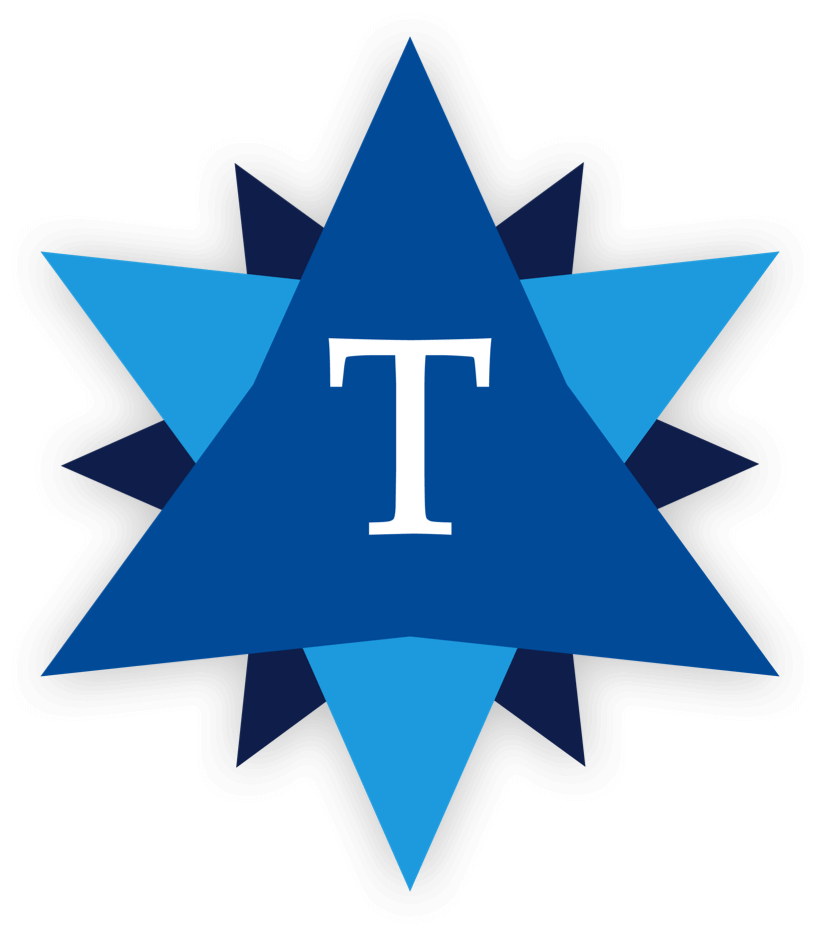A Successful Solution to Get Students into the Classroom
Guest Author

In information technology we have plenty on our plates: constant change, doing more with less, security, risk management, compliance, project governance, data governance, and operational excellence, to name a few. Our heads often are spinning in the clouds with all that we face, and we can quickly be blinded by all the challenges in front of us. We are challenged as professionals to take a step back and listen, engage stakeholders, and provide time for collaboration and innovation. Such practices are of paramount importance in the information technology field. There will be significant opportunities to find new ways of doing things, and that is at the core of everything we do in IT.
About ODU
Located in Norfolk, Virginia, often called the military capital of the world, Old Dominion University (ODU) is a school of diversity, inclusion, access, and social mobility. We have one of the most diverse student populations, which often requires resources above and beyond what others can fathom to help students be successful. It is important to note that ODU has been the lowest funded doctoral institution in Virginia; we don’t have the resources at our disposal like some of our counterparts. At ODU, we must spend one dollar as if it is two dollars.
The Problem
College can be a very challenging proposition for students as they begin their quest to obtain a degree. When you add the diversity and complexity of students that we serve, it can be a significant challenge to students and faculty.
At the request of ODU’s president, a committee was formed to come up with ways to help students perform better in class. This committee consisted of faculty members with a significant number of students who struggle in class. The committee members are very passionate about the success of students in the classroom, and they came to a consensus that low performance in difficult courses like math and sciences is due to poor class attendance.
Recording attendance was a problem. Some faculty were manually taking attendance, which was often time consuming. In addition, the information was often paper-based.
The Idea
Classroom attendance was at the heart of the problem. To be successful, a solution needed to help faculty and require little to no intervention on their behalf, other than what they might need to monitor, track, and evaluate attendance in the classroom. In addition, we did not want students to acquire any additional cost nor did we want to disrupt instructional time in the classroom. Given the basic requirements, a group of technology experts was assembled to analyze the problem and come up with a solution that would support tracking attendance. Many technologies and commercial products were out on the market, but they were costly and would require significant integration, as well as manual intervention for the faculty member.
The Solution
Keeping the cost to a minimum and providing a high-quality solution were the immediate challenges. Identifying a good data source as a starting point, along with a data repository for tracking students, was also important. Banner Registration housed all the instructor and course information, and Blackboard was our learning management system (LMS), supporting faculty grading and course management. Our middleware component, MuleSoft community edition, was being leveraged for end-point development for moving information among disparate systems. We had mobile app development expertise and classroom technology expertise. Our IT team consisted of experts in Banner, LMS, database, middleware, mobile, and classroom technology.

This diagram illustrates the use of smart phones and student ID cards to track attendance.
Brainstorming ideas, we tried to determine the easiest way for students to check in for attendance with no intervention from faculty. Most students have cell phones, but they may be reluctant to use them for class attendance. All students have identification cards and need them for access to other services, but having all the students using a swipe card could be problematic. Given the constraints, we determined we needed a system that could use both and provide students an option. Leveraging QR code display, a cell phone could read it from a display device like a projector or a wall unit. Leveraging swipe and near-field communication (NFC), students could swipe or tap in with their ID cards. To keep the cost low, we fabricated a device that would display the QR code. In addition, we leveraged 3D printing to build cases for the display devices. The display would appear based on the course schedule in Banner, and a QR code mobile app developed by graduate students or a student ID swipe or NFC on the device would allow the students to check-in and be recorded as present or tardy. In addition, using Blackboard’s Learning Tools Interoperability (LTI), the data would be sent to the grade book in the LMS. The system was designed with default settings that require minimal intervention from faculty, but they could configure how attendance would impact the grade book. Both students and faculty could monitor attendance in real time in the LMS.
The Result
While no implementation goes perfectly, especially given the complexity of the problem we were trying to solve, this solution was a big success. Targeting specific classrooms identified by the faculty-led committee, we were able to conduct a successful pilot. Some of our faculty saw such a dramatic improvement in class attendance and performance, the system is being scaled out to cover all 100- and 200-level courses this fall. In addition, new features are being added to support the feedback collected by the faculty, one of which includes the ability for students to check out of class.
The Future

While many schools are currently preparing for the start of the fall semester, Old Dominion is working on raising the bar when it comes to helping students see the importance of attending class. Last year, our IT experts worked on a problem identified by faculty as part of our president’s faculty lead success committee. It has been quite a journey seeing IT technical experts and leadership partnering with faculty to solve a problem in the classroom. Our next phase in working with our faculty is to leverage the collected information in a secure, reliable, scalable, and usable fashion to help students and faculty on their quest to assimilate and transfer knowledge that ultimately leads to a degree.
Categories
Share Article:

Other Posts From this Author:
The views and opinions expressed in this article are those of the author and do not necessarily reflect the official policy or position of the Tambellini Group. To become a Top of Mind guest author, please contact us.
© Copyright 2025, The Tambellini Group. All Rights Reserved.